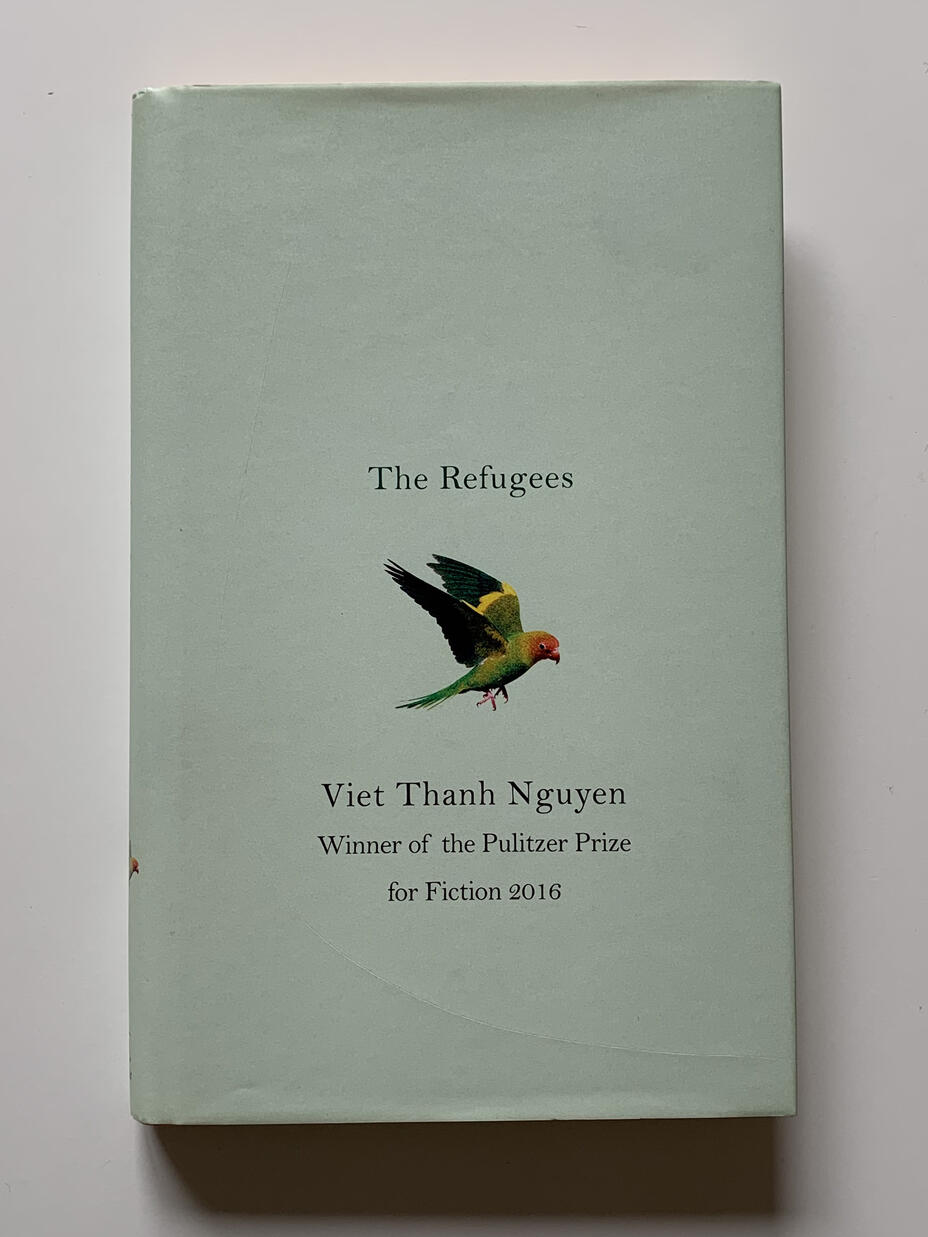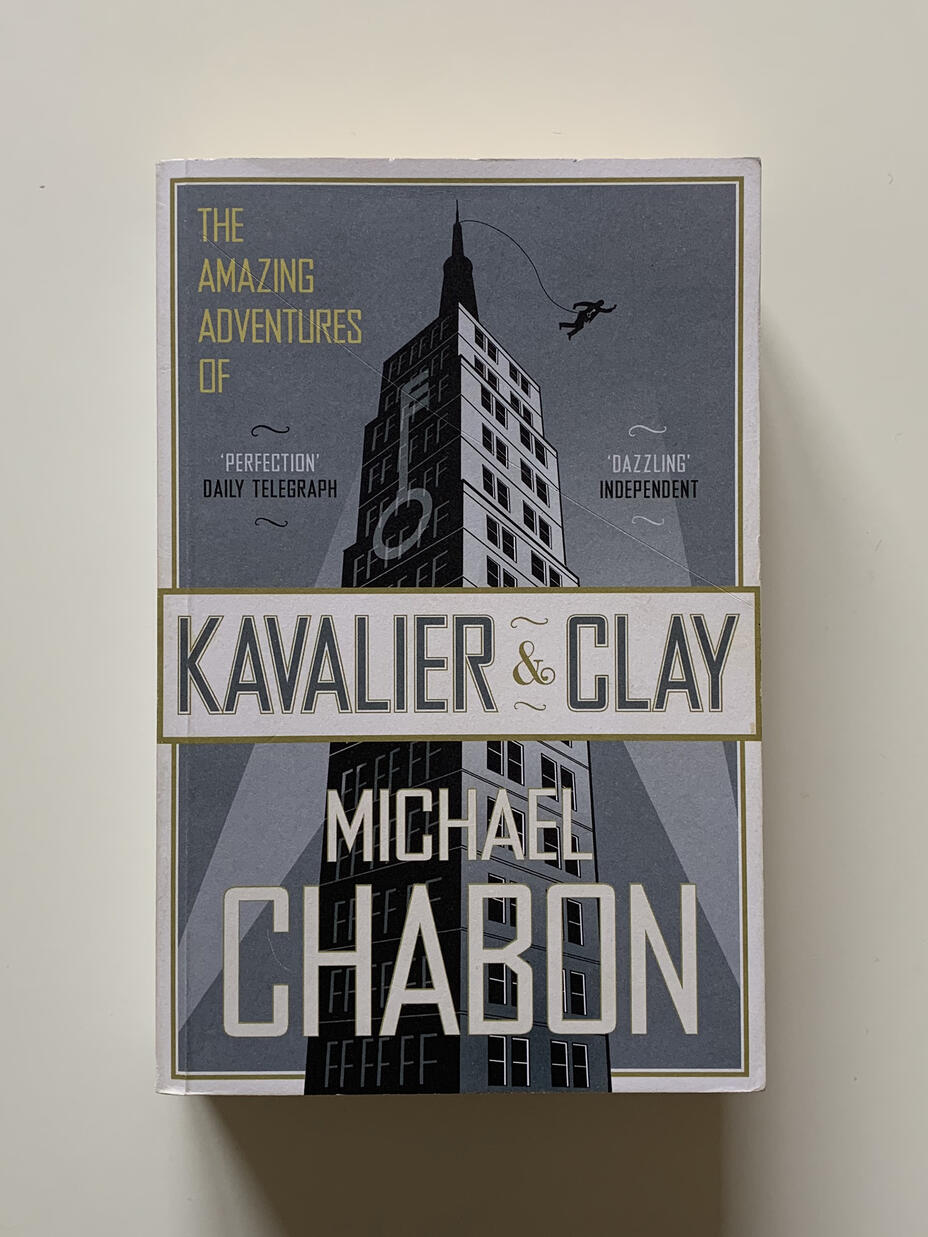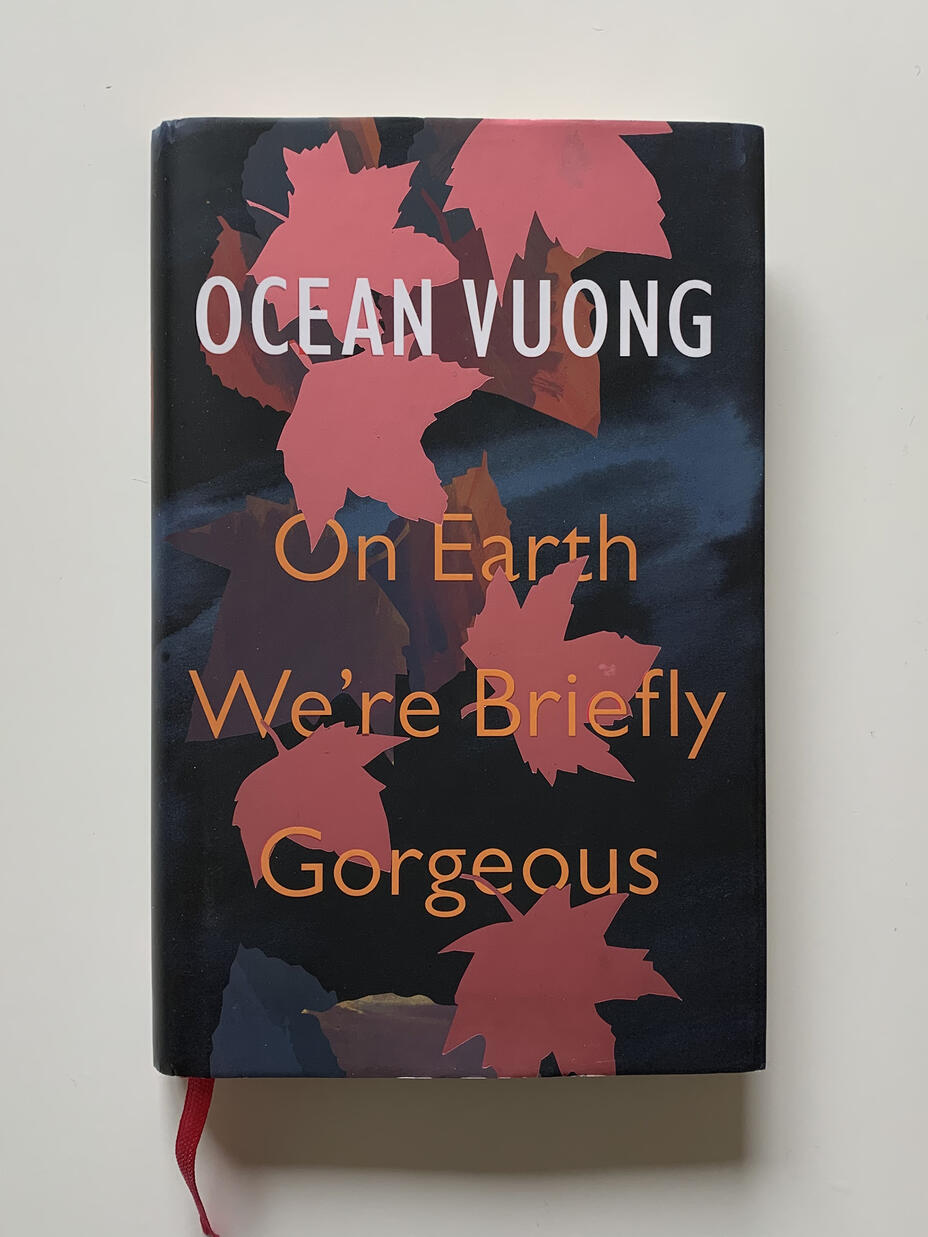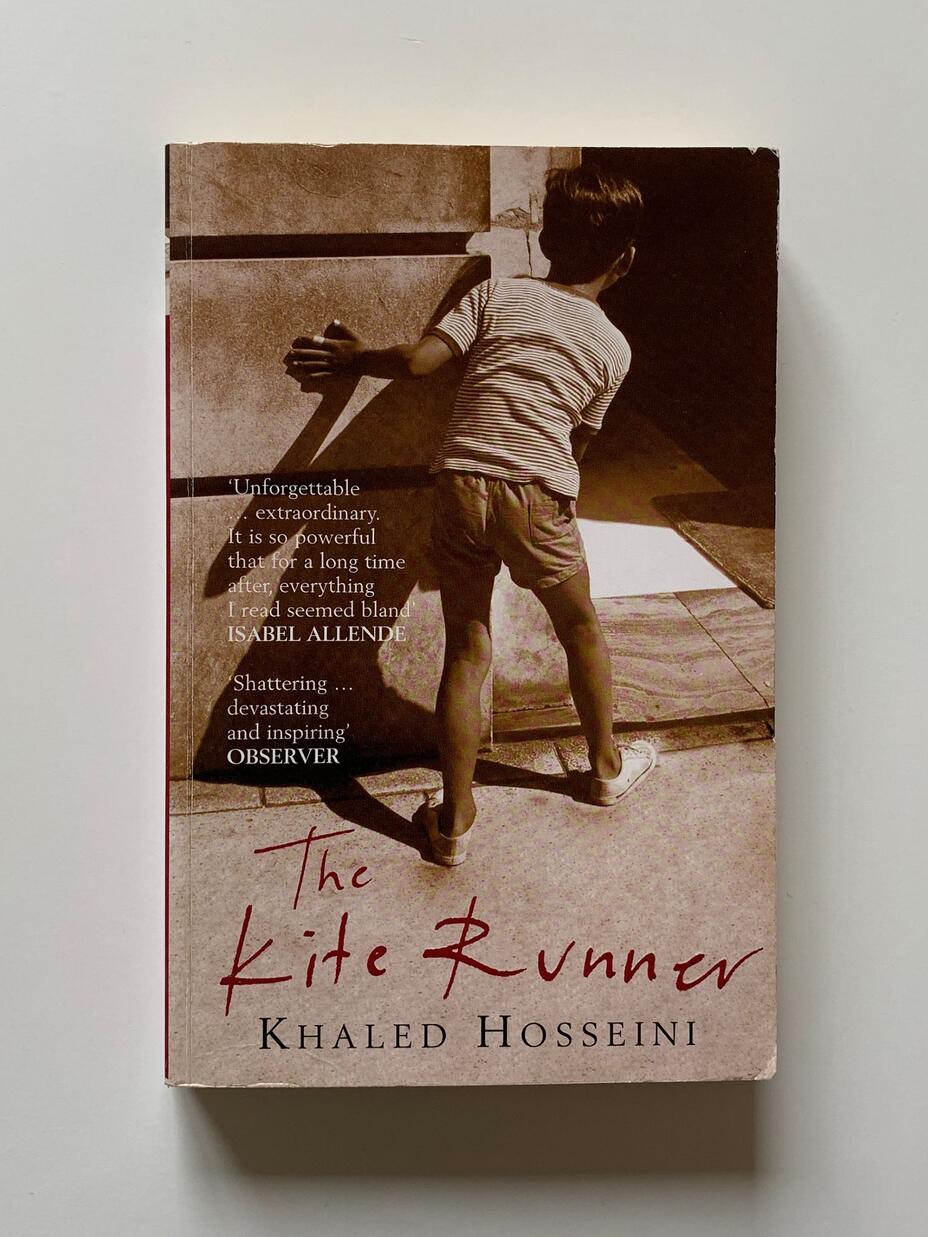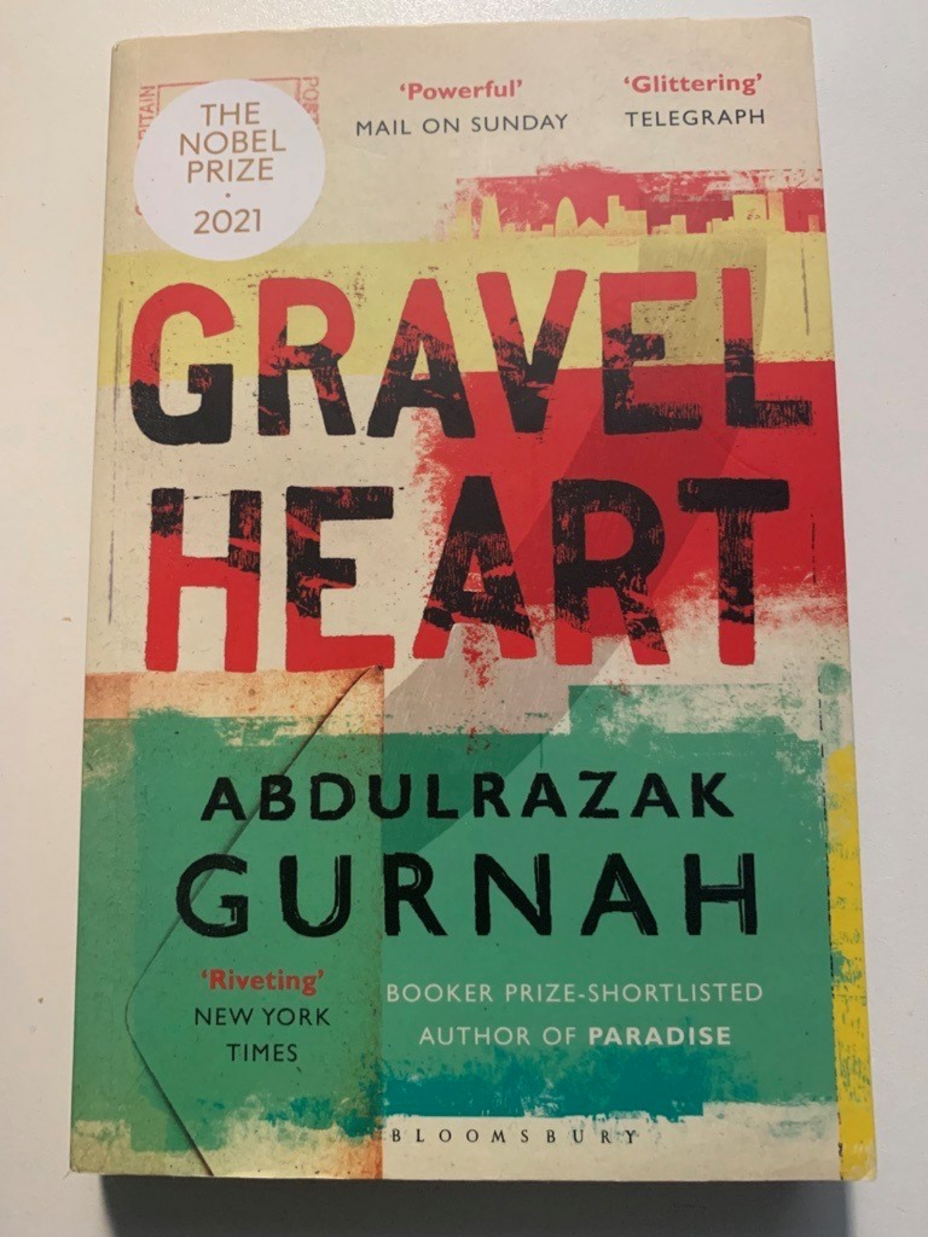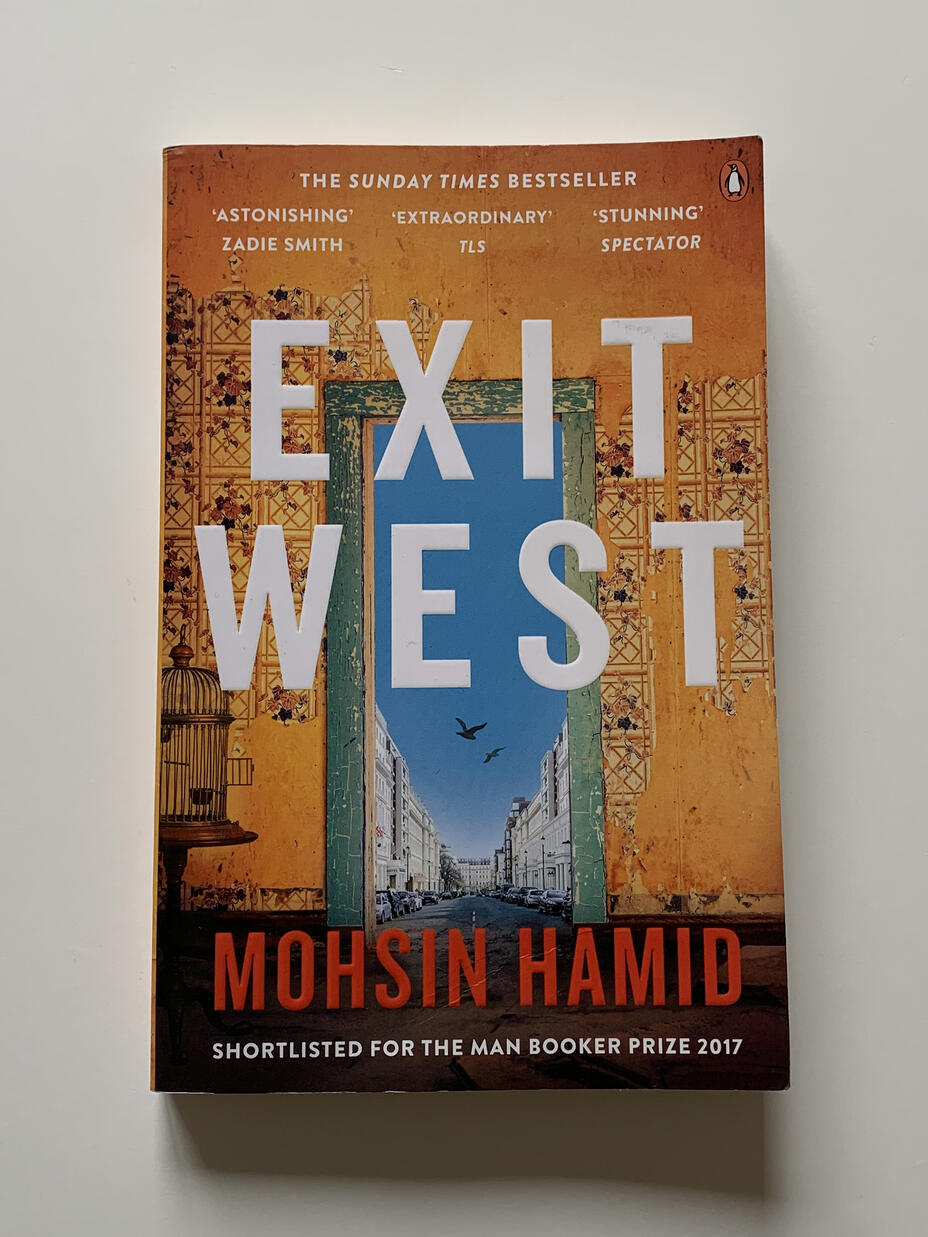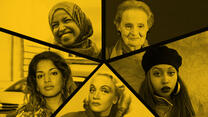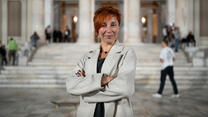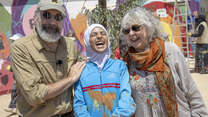Most of the following books were written by forcibly displaced authors; some by writers who champion the stories of refugees. The books may be memoirs, novels, or narrative nonfiction, but all the works reflect the experiences of displaced people.
Scroll down to learn more about each book, including quotes from the authors on why they chose to tell these powerful tales.
The Refugees by Viet Thanh Nguyen
In this collection of stories written over a 20-year period, Nguyen explores questions of identity, love, and family as experienced by immigrants.
Viet Thanh Nguyen shot to fame with his debut, Pulitzer-winning novel, The Sympathiser, and its sequel, The Committed. At the center of each story, Nguyen explores how it feels and what it means to be a refugee. “I always felt displaced no matter where I was,”he says of his own experience growing up, forced from Vietnam to a series of cities in the United States.
Passionate about helping refugees, Nguyen is also an IRC ambassador.
Lupita Mañana by Patricia Beatty
Lupita must leave Mexico for America after her father’s accidental death sinks her family into poverty.
A keen reader all her life, and author of more than 50 books, Patricia Beatty is the embodiment of her passion for positive, impactful stories: “What a young person reads becomes part of his or her mental luggage forever! This is the learning time, short but vital to the future adult. That mental luggage deserves to be filled with the best stuff only.
Weeping Under This Same Moon by Jana Laiz
This is a story of cultural discovery and friendship. Mei, an artist whose life is disrupted by the Vietnam War, leaves her home and parents to make a dangerous journey by boat to safety. Her journey is made more harrowing because she has two younger siblings in tow.
“I’m a writer with a purpose,” Jana Laiz says. “My mission in life is to change the world, one book at a time. I write books with subjects that I feel passionate about, and I hope my readers feel the same. I hope my books inspire readers to make a positive difference in the world.”
The Amazing Adventures of Kavalier & Clay by Michael Chabon
Inspired by the true stories of comic- book pioneers like Stan Lee, Jack Kirby, Joe Shuster and Jerry Siegel, Michael Chabon’s Pulitzer Prize-winning novel follows the lives of fictional superhero creators Joe Kavalier and Sam Clay. The novel is a fascinating reflection of how Jewish refugees gave rise to one of America’s most notable cultural exports.
The Ungrateful Refugee by Dina Nayeri
This story begins during Dina’s childhood, after fleeing Iran, at age 8, with her mother and brother, the three of them living in a cramped hotel-turned-refugee camp in Italy. The family is granted asylum in the United States and settled in Oklahoma. Nayeri tells her own story as well as those of fellow refugees and asylum seekers through the different stages of their journeys to safety and a new home.
Dina Nayeri explains why she writes: “Because I want to have a voice in the world and to create something that lasts. Literature lasts. Even if I only dabble in a small corner of it, I know I’m part of something important.” As well as being an author, she is a trustee for the charity Refugee Support.
On Earth We’re Briefly Gorgeous by Ocean Vuong
T.S. Eliot Award-winning poet Ocean Vuong describes the Vietnamese-American refugee experience in his semi-autobiographical first novel, a vivid, lyrical account of the legacy of conflict and trauma haunting three generations of a family.
“Writing, if nothing else, is a bridge between two people, a bridge made of language,” Vuong says on how reading promotes empathy.
The Girl Who Smiled Beads: A Story of War and What Comes After by Clemantine Wamariya and Elizabeth Weil
Clemantine Wamariya, working with Elizabeth Weil, tells the story of her childhood escape from the Rwandan massacre and her search for safety with her older sister. The siblings spend six years migrating across Africa until, as Clemantine turns 12, they gain refugee status and move to Chicago.
The Kite Runner by Khaled Hosseini
This popular book, the authorial debut of Khaled Hosseini who is also a UNHCR ambassador, chronicles the friendship between Amir, a wealthy Afghan boy, and Hassan, the son of a servant in Amir’s household.
“I was brought up on a tradition of storytelling,” Hosseini says. “I want people to get involved with the characters and care for them. And I want people to simply remember Afghanistan. If the book is successful at all in sparking some dialogue on Afghanistan, and keeping it in the public consciousness, then I think it will have achieved a lot.”
When Stars are Scattered by Omar Mohamed and Victoria Jamieson
This is a graphic novel that explores Mohamed and his brother’s life in Dadaab refugee camp, Kenya, told with beautiful illustrations that depict the reality for displaced children.
Omar Mohamed and co-writer Victoria Jamieson powerfully depict what it’s like to be a refugee: “Throughout your life, people may shout ugly words at you. Words like, ‘Go home, refugee!’ or ‘You have no right to be here!’ When you meet these people, tell them to look at the stars, and how they move across the sky. No one tells a star to go home. Tell them, ‘I am a star. I deserve to exist just the same as a star.’ How do I know? Because here I am. I am here. The proof is in the stars.”
Mohamed is also the founder of Refugee Strong, a nonprofit organization that empowers students living in refugee camps.
We Are Displaced: My Journey and Stories from Refugee Girls Around the World by Malala Yousafzai
Part-memoir, part oral history, this book explores the multitudinous experiences of refugees, as well as Malala’s own story of displacement when a young child in Pakistan.
“We hear about refugees in the newspapers, on TV, and it is just in numbers, and it’s usually in a negative way,” Malala Yousafzai explains. “But we do not hear from them [refugees], especially when it comes to young women and girls. So I wrote the book.”
Seen as an international symbol of the fight for girls’ education, Malala also works as a U.N. Messenger of Peace.
Gravel Heart by Abdulrazak Gurnah
As the book’s protagonist, Salim, moves from Zanzibar in the 1960s to London in the 1990s, he confronts issues of identity, belonging and betrayal.
Explains one of the book’s key moments, where Salim must decide to stay in London or return to Zanzibar: “People who have been on a journey of dislocation understand that dilemma. And I certainly know from my experience that the question of ‘where should I be’ is one that is returned to again and again at moments of crisis.”
Girl at War by Sarah Nović
This powerful novel, set in former Yugoslavia, follows the adventures of a young girl whose only chance for survival is to escape war and rebuild a new life elsewhere. The tragic story conveys the complexities of civil strife and their effect on ordinary people living in what is now Croatia, Bosnia and Serbia.
Sarah Nović explains her reason for writing the book: “The value of fiction...is that it’s a way for people to understand. Even though it’s not a perfect story or complete narrative, fiction does give you a capacity for empathy.”
Exit West by Mohsin Hamid
Magical realism conveys the strangeness of displacement in this short novel by Pakistani author Mohsin Hamid. A young couple escape their war-torn city through a mysterious portal, only to discover magical doors popping up around the world.
Here’s Mohsin Hami on how reading helped him process his own experiences: “Stories helped me unite parts of my existence that might otherwise have seemed irrevocably split by geography and time. And stories helped me find a future in which I, such a mongrel, could be comfortable.”
As always, you can give the most meaningful gift of all and become a monthly donor to support refugees and displaced families year-round.
